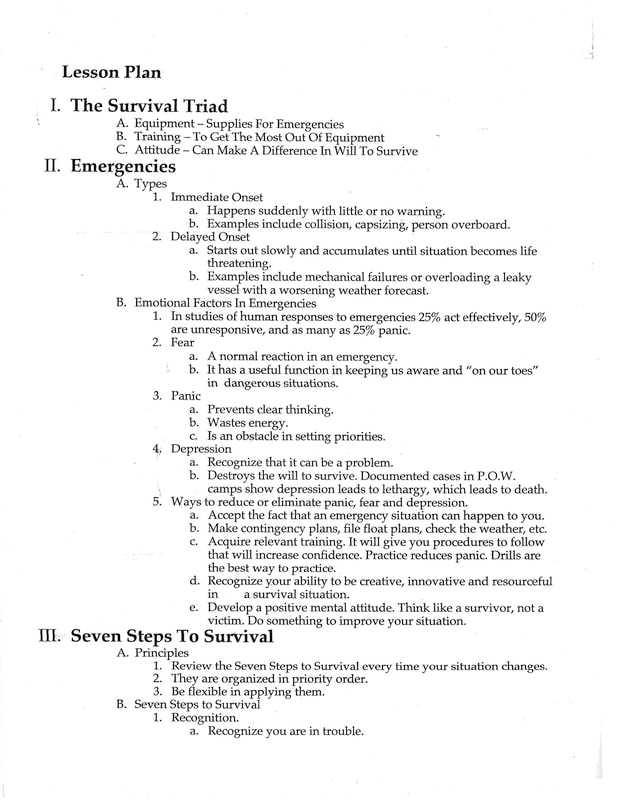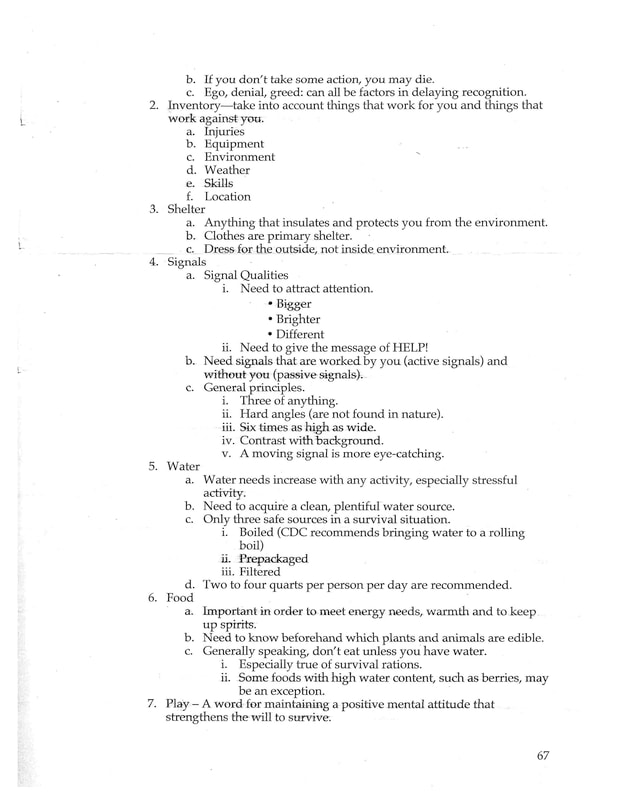Water Safety Checklist
|
At our 2020 Sitka Maritime Heritage Society Annual Meeting, we heard stories about "close calls and lessons learned." We thought we could share some of those lessons and tips, and maybe do some prevention! Some of the lessons learned were familiar - but others were new, in particular ways to communicate your position with satellite technology. Check out the links, plan ahead, be prepared! |
|
Click Here for USCG Commercial Fishing Safety Digest (2008)
Click Here for USCG A BOATER’S GUIDE TO THE FEDERAL REQUIREMENTS FOR RECREATIONAL BOATS
Click Here for State of Alaska Office of Boating Safety
Click Here for Alaska Marine Safety Education Association (AMSEA) Videos and Info
AMSEA's Seven Steps to Survival:
Boating check list for emergency avoidance/preparedness
Click Here for Checklist as a PDF
Boating check list for emergency avoidance/preparedness:
All boats:
Gear and equipment:
- A PFD that is wearable for everyone on board
- Mustang suit (Exposure suit) is only considered a PFD if you are wearing it
- Enough fuel- 1/3 to get there, 1/3 to get back one third spare
- Communication gear:
- Personal survival kits (same categories as ditch kit but smaller items that can fit into a pocket of survival suit or lifejacket)
- Tide Tables
- Weather forecast (from at least 2 sources)
- Navigation equipment- compass, charts (paper or electronic)
- Flooding control kit – for larger vessels, a way to stopper through-hull fittings, for smaller vessels, hull patch kit depending on type of hull
- First Aid kit
- Pumps
- Back-up propulsion (as appropriate)
- Knife
- Sun screen/bug dope/sunglasses
- Tools/spare parts
- Hearing protection (as needed)
- Extra lines, dock lines
- Extra water and food
- Spare batteries or way to recharge for all essential equipment
Larger vessels:
- Fire Extinguishers in holders (so they don’t get thrown around)
- Throw-bag and mechanical way to get someone out of water (and onto the boat)
- Ground tackle (anchor and anchor line)
- Sea Anchor
- Survival suits in a place that will be accessible even if boat is starting to sink
- Depth Sounder
- Radar reflector
- Person Overboard Alarm – such as the ALERT brand, which has a wearable transponder that sounds alarm when it is immersed, gives person’s position
For Small boats:
- Oars/spare paddle
- way to get person back on board (paddle float for kayak, for example)
- Camping gear
- A tarp
Planning:
- Float plan, including back up plans, communicated to someone on shore, including when to call for emergency help
- Don’t operate a vessel when fatigued or while under the influence of drugs or alcohol
- Communications within group on board: each person is empowered to speak up if things don’t feel safe
- Basic first aid training
- Local knowledge
- All electrical/mechanical systems in working order
- Safety orientation before leaving dock: location of all safety equipment, how it works, who is responsible to get what in emergency and what to do, how to use radio and find position, how to stop/start motor, how to get someone out of water, etc.
- General vessel familiarity when under way- knowing what your boat can and can't do as far as weather, loading, etc.
- Do not exceed vessel's engine and loading capacity
- Be prepared to spend the night
- Survival training
- Thinking ahead for what might go wrong and having a backup plan
All boats:
Gear and equipment:
- A PFD that is wearable for everyone on board
- Mustang suit (Exposure suit) is only considered a PFD if you are wearing it
- Enough fuel- 1/3 to get there, 1/3 to get back one third spare
- Communication gear:
- VHF radio
- VHF radios have a DCS (Digital Select Calling) emergency button: has to be set up beforehand by getting your own id number, then you can press this button and an automated message and your position (if radio is connected to GPS) goes out to the Coast Guard and to vessels in the area with DCS
- Automatic Identification System (AIS) – this is a transceiver that sends your GPS position to Coast Guard and to other vessels with one, for collision avoidance as well as rescue
- EPIRB (an emergency locator beacon) to activate in case of emergency – registered to vessel
- PLB – a personal emergency beacon, activate in emergency to alert Coast Guard and AIS-equipped vessels in the area to your position – no subscription needed
- cell phone (coverage is incomplete in SE Alaska)
- “Satellite Messenger” such as InReach or Spot – these are devices that require a subscription but allow you to communicate a wider range of information (via satellite) with specific persons, as well as for emergency location
- in date flares for signaling in case of emergency
- strobe light – so that emergency responders can find you in the dark
- Whistle, horn
- Personal survival kits (same categories as ditch kit but smaller items that can fit into a pocket of survival suit or lifejacket)
- Tide Tables
- Weather forecast (from at least 2 sources)
- Navigation equipment- compass, charts (paper or electronic)
- Flooding control kit – for larger vessels, a way to stopper through-hull fittings, for smaller vessels, hull patch kit depending on type of hull
- First Aid kit
- Pumps
- - for larger vessels, gasoline or mechanical (hand) pump, in case engine fails
- - smaller boats - a bailer and/or hand pump
- Back-up propulsion (as appropriate)
- Knife
- Sun screen/bug dope/sunglasses
- Tools/spare parts
- Hearing protection (as needed)
- Extra lines, dock lines
- Extra water and food
- Spare batteries or way to recharge for all essential equipment
Larger vessels:
- Fire Extinguishers in holders (so they don’t get thrown around)
- Throw-bag and mechanical way to get someone out of water (and onto the boat)
- Ground tackle (anchor and anchor line)
- Sea Anchor
- Survival suits in a place that will be accessible even if boat is starting to sink
- all persons on board have one and have practiced how to get in
- checked regularly so zippers work etc.
- extra pockets and sheaths can be added to survival suits for survival kit, knife, flares, whistle, etc. that would also be attached with a lanyard so you don’t lose them. The usefulness of these items has to be weighed against potential harm of a lot of things attached to you with string
- Depth Sounder
- Radar reflector
- Person Overboard Alarm – such as the ALERT brand, which has a wearable transponder that sounds alarm when it is immersed, gives person’s position
For Small boats:
- Oars/spare paddle
- way to get person back on board (paddle float for kayak, for example)
- Camping gear
- A tarp
Planning:
- Float plan, including back up plans, communicated to someone on shore, including when to call for emergency help
- Don’t operate a vessel when fatigued or while under the influence of drugs or alcohol
- Communications within group on board: each person is empowered to speak up if things don’t feel safe
- Basic first aid training
- Local knowledge
- All electrical/mechanical systems in working order
- Safety orientation before leaving dock: location of all safety equipment, how it works, who is responsible to get what in emergency and what to do, how to use radio and find position, how to stop/start motor, how to get someone out of water, etc.
- General vessel familiarity when under way- knowing what your boat can and can't do as far as weather, loading, etc.
- Do not exceed vessel's engine and loading capacity
- Be prepared to spend the night
- Survival training
- Thinking ahead for what might go wrong and having a backup plan

